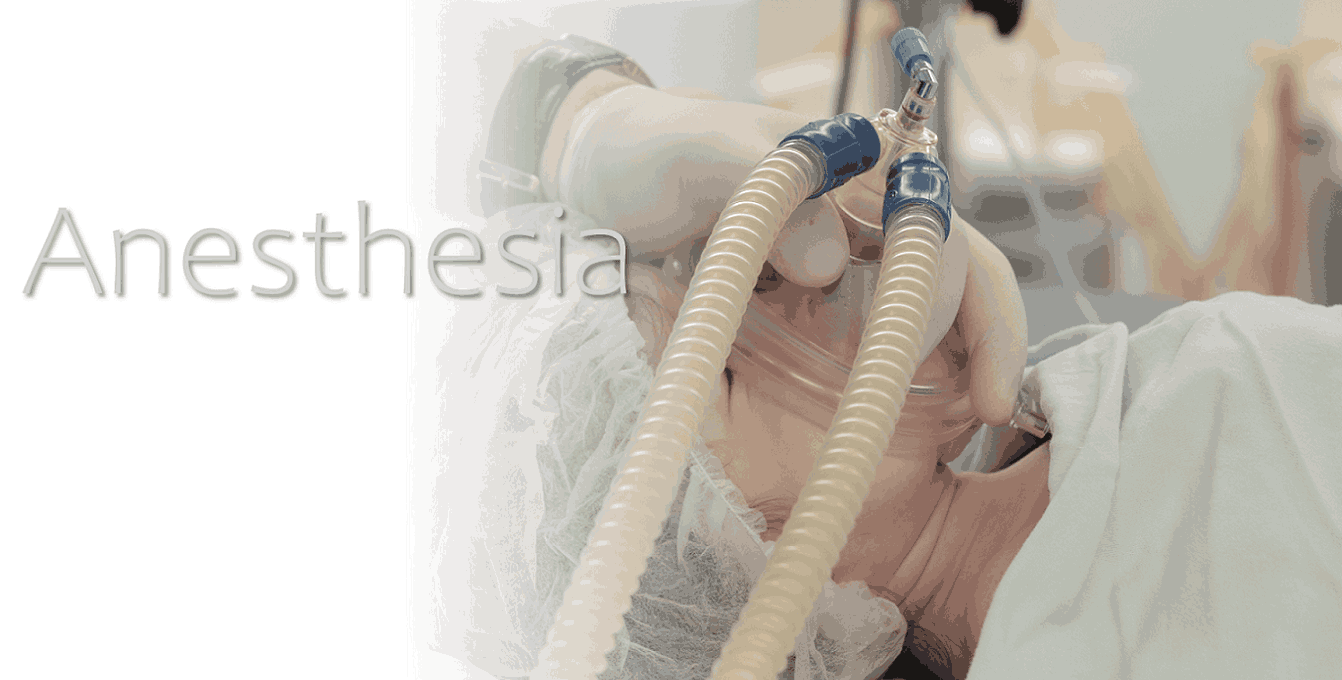
Anesthesiology: Overview
What is Anesthesiology?
Anesthesiology is a medical speciality focused on pain relief and patient care before, during, and after surgery. Anesthesiologists are physicians trained in administering anaesthetics (agents that block sensation or awareness) and managing vital life functions such as breathing, heart rate, and blood pressure during surgical or invasive procedures. They also play a critical role in pain management, intensive care, and emergency medicine.
Subspecialties of Anesthesiology
Anesthesiology includes several subspecialties that cater to different clinical settings and patient populations:
1. General Anesthesiology
General anesthesiologists focus on providing anaesthesia for a wide range of surgical procedures across all age groups and body systems. They work in operating rooms and are responsible for preoperative assessment, anaesthesia induction, maintenance, and recovery.
2. Cardiac Anesthesiology
Specialises in administering anaesthesia for heart surgeries such as coronary artery bypass grafting (CABG), valve replacements, and heart transplants. These anesthesiologists are trained in transesophageal echocardiography (TEE) and advanced hemodynamic monitoring.
3. Neuroanesthesiology
Dedicated to anaesthesia for neurosurgical procedures involving the brain, spinal cord, or peripheral nerves. Emphasis is placed on maintaining cerebral perfusion, preventing brain swelling, and monitoring neurological function.
4. Obstetric Anesthesiology
Focused on pain relief during labour and anaesthesia for cesarean sections or other obstetric surgeries. This includes regional techniques like epidural and spinal anaesthesia, as well as managing high-risk pregnancies.
5. Pediatric Anesthesiology
Provides anesthesia care for infants and children undergoing surgeries or diagnostic procedures. Pediatric anesthesiologists require special expertise in developmental physiology and medication dosing in children.
6. Critical Care Medicine (Intensive Care)
Anesthesiologists in this field manage patients with life-threatening conditions in intensive care units (ICUs), focusing on organ support, ventilation, and management of complex medical problems post-surgery.
7. Pain Medicine
Concentrates on the diagnosis and treatment of acute and chronic pain syndromes. Pain specialists use pharmacologic, interventional, and behavioural approaches to manage pain related to cancer, trauma, or other conditions.
8. Regional Anesthesiology and Acute Pain Management
Specialists in this field use nerve blocks and spinal/epidural techniques to provide site-specific pain relief, especially for orthopaedic, abdominal, or urologic surgeries. It also includes postoperative pain management.
Types of Anaesthesia
Each type of anaesthesia is chosen based on the procedure, patient condition, and desired level of sedation:
1. General Anaesthesia
Definition: A medically induced coma with complete loss of consciousness and sensation.
Used For: Major abdominal, cardiac, or neurological surgeries.
Administered Via: Inhaled gases (e.g., sevoflurane) and/or intravenous agents (e.g., propofol, ketamine).
Monitoring: Requires endotracheal intubation and full cardiovascular and respiratory monitoring.
2. Regional Anaesthesia
Definition: Blocks sensation in a large part of the body, without affecting consciousness.
Used For: Cesarean delivery, limb surgeries, hernia repair.
Types:
- Spinal Anesthesia: Injected into cerebrospinal fluid in the lower back. Provides complete numbness below the waist.
- Epidural Anesthesia: Administered into the epidural space; commonly used during labor.
- Peripheral Nerve Blocks: Local anesthetic is injected near specific nerves (e.g., brachial plexus block for arm surgery).
3. Local Anesthesia
Definition: Numbs a small, specific area of the body.
Used For: Minor surgeries, dental procedures, or suturing wounds.
Administered Via: Direct injection or topical application (e.g., lidocaine cream).
Patient: Fully conscious and aware.
4. Monitored Anaesthesia Care (MAC) / Conscious Sedation
Definition: A combination of local anaesthetics and sedatives that keeps the patient relaxed but responsive.
Used For: Endoscopy, colonoscopy, eye surgeries.
Benefits: Faster recovery, minimal airway intervention.
5. Sedation (Minimal to Deep)
Definition: Ranges from light drowsiness to deep sleep without complete unconsciousness.
Used For: Diagnostic procedures, minor interventions.
Levels:
- Minimal Sedation: Patient is awake but calm.
- Moderate Sedation: Drowsy but can respond to verbal commands.
- Deep Sedation: Not easily aroused but may respond to painful stimuli.
Powered by Froala Editor
Find a healthcare provider near you
Call or book online to schedule your visit.
